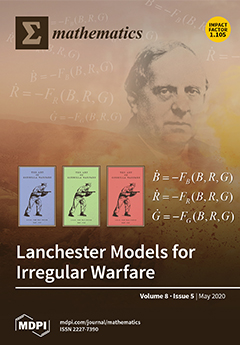Mathematics education for sustainable development is perceived as a core keystone, although its concept is related to its typical issue of ecology and economy in the educational realm. Thus, through current information and communication technology (ICT) impacts, altering pedagogy is highly conflicted in
[...] Read more.
Mathematics education for sustainable development is perceived as a core keystone, although its concept is related to its typical issue of ecology and economy in the educational realm. Thus, through current information and communication technology (ICT) impacts, altering pedagogy is highly conflicted in teaching/learning mathematics. This research attempted to classify and investigate criteria for mathematics education with a multi-criteria decision analysis/fuzzy-decision-making trial and evaluation laboratory (MCDA/F-DEMATEL) method in the context of the system of flipped e-learning. In particular, the sustainable development of this research focus is in mathematics education in view of pre-service teachers (PSTs) adapting to their pedagogical changes. With the MCDA/F-DEMATEL, the main criteria and sub-criteria were selected after the consultation of a group of experts as follows: mathematics education, sustainable development, and flipped-e-learning technology criteria. Then, with fifteen sub-criteria, the definitive analyses results were gauged with simple additive weighting (SAW) along with their weight coefficients’ calculation, sensitivity analysis (
i–
v scenarios), and a professional survey. The results described as the most important criteria for adapting to PSTs pedagogical changes in sustainable mathematical education through a flipped e-learning system were the flipped e-learning technology criteria (scenario
i), with an 83% positive perception by professionals’ survey; among its sub-criteria, information technology usage contents (0.43) was the most affected variable, with a 42% very likely perception. Scenario
iii, which was the slightly more preferred criteria than mathematics education, got a 78% positive perception from professionals’ survey. Therefore, this proposed methodology could be employed to validate the most important sustainable mathematics with flipped e-learning criteria for adapting to PSTs’ pedagogical changes with corresponding education contexts in more long-term learning.
Full article





